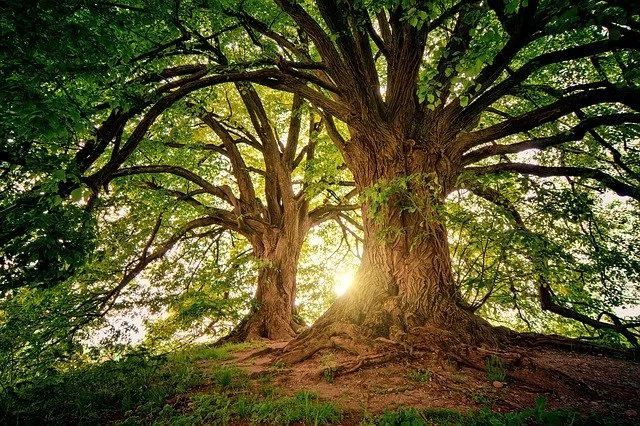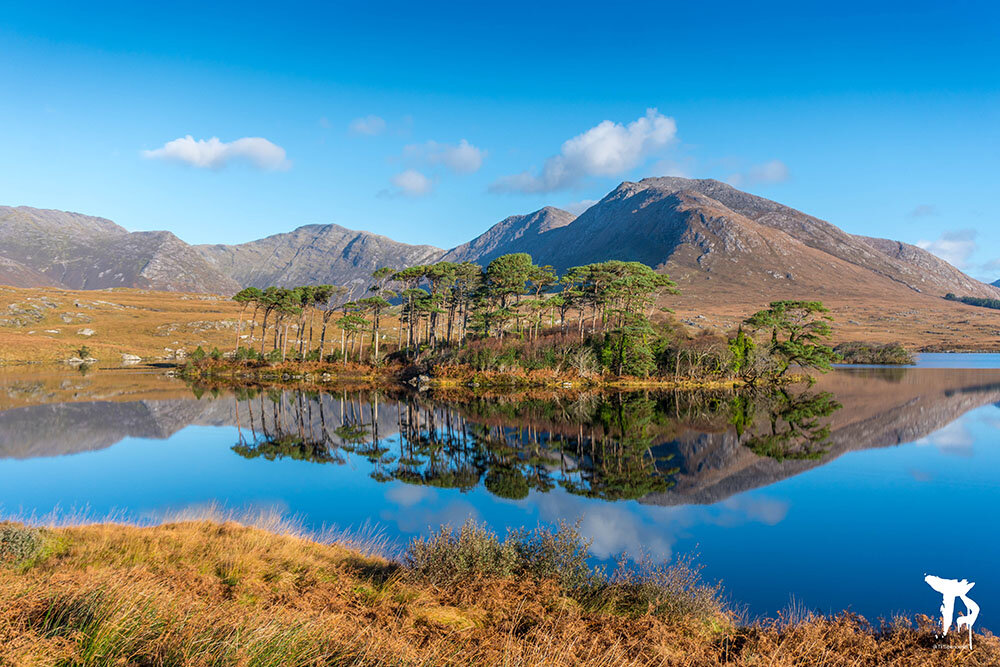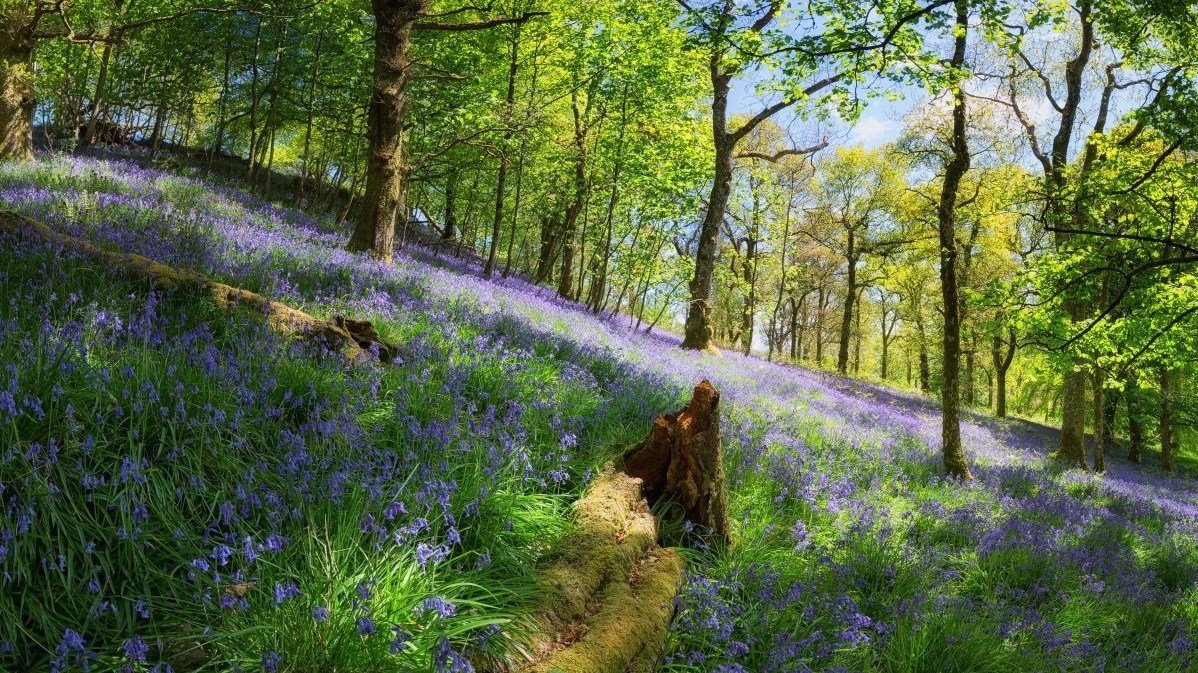
The Field
The Climate Crisis and the Biodiversity Crisis are inextricably linked – both are signs of our imbalance with natural systems, with high consumption lifestyles driving increased greenhouse gas emissions and the destruction of natural habitats and trophic levels.
In fact, the Climate and Biodiversity Crises are so bad that the University of Arizona has forecast that one-third of all animal and plant life faces extinction by 2070 – unless urgent action is taken to curb emissions and safeguard ecosystems.
This isn’t some far-flung issue – it’s already happening on our doorstep, and Ireland provides ample examples of how our unsustainable approaches to consumption and high greenhouse gas emissions are impacting the natural world.
Agriculture accounts for 35.3% of our nation’s total CO2 emissions – by far the single biggest source, and more than transport, residential, waste and commercial services combined – and less than 2% of our landmass is native forest, with clearance for farmland being a major factor in having the lowest woodland cover in Europe.
This has led to a 60% decline in bird species in Ireland and one third of the 98 wild bee species in Ireland being close to extinction, according to the European Commission’s EU Habitats Directive.
Which is why we are trying to do our part to rewild to aid nature and maintain vital carbon stores.
The Field
In early 2022, my wife and I secured a bank loan to purchase 2.7 acres of former farmland, including a section of bog which has previously been used to extract turf.
The aim of purchasing the field is simple: to restore the land to a wild habitat to support native birds, insects, amphibians, mammals, flowers and trees.
This would be achieved by ending the use of grazing cattle on the land, ending the process of using monoculture seeds that were previously used to re-sow the field every few years, and instead introduce as many native tree and flower species as possible to support wildlife.
Furthermore, the field would be left to rewild itself – with neither the bog nor the field being used as a resource to be extracted, but instead as a valued and vital carbon sink that needs to be nurtured and maintained.
Before: The land was lush with monoculture grass that was used to graze cattle. Given the soil make up, this was once bog forest but has spent decades being used for agriculture. Credit: IrishEVs
Finally, the plan for the field also included using a small amount of space to produce low-intensity food to reduce the food miles and emissions from the food we consume, and primarily to manage the land. Any excess will be shared with the local community.
To date we have planted 52 native trees comprised of Hazels, Horse Chesnuts, Blackthorn, Elder, Sessile Oak, Blackberries and more, as well as 38 fruit trees of many varieties. We’ll be adding to this number in the coming years.
After: Even within a year there has been a noticeable change in the diversity of plants in the field as they are allowed to grow, rather than being eaten or trampled by cattle. Credit: IrishEVs
The First Year
We are now almost a year on from the purchase of the field and the changes we have seen so far have been astounding.
Most of what we’ve done so far has been letting nature take its course. As Ray O’Foghlu stated in our interview with him: “Nature is incredibly prolific and it takes a lot of money, chemicals and effort to suppress it. Once you give nature room to breathe, it comes back almost immediately – and the benefits would kick in from the minute the fence goes up.”
By letting the various grasses and other plants grow naturally, we have seen existing plant and wildlife species thrive – from foxgloves to cuckoos, and frogs to orchids – while new species have become apparent for the first time.
The sheer abundance of insects, birds and frogs has been incredible, and is notable compared to previous years before any rewilding efforts started.
In the middle of the summer, a new species made itself abundantly clear, with the choruses of grasshoppers ringing out across the field as it became a lush summer meadow, replete with a wide array of grasses and wild flowers.
We have also set about installing a polytunnel and planting a plethora of fruit trees, which we hope will form an orchard in the coming years. A selection of apples, pears and plums will be enjoyed by us and the local birds and insects in the coming years – and we’ll ensure that as many as possible are left for wildlife to enjoy. We have also chosen as many Irish heritage varieties as possible to avoid monoculture and provide fruit that meets the needs of local wildlife.
Furthermore, we have been particularly cautious to only use battery electric equipment to clear any areas of foliage when planting trees – and not clear any more space than is necessary.
A core principle of the field is to produce as few greenhouse gas emissions as possible in its creation and maintenance, so that it becomes a positive carbon sink. We will only cut the grass when it is absolutely necessary to promote growth, and will only do so using electric tools or by hand.
We have also contacted ecology experts to better understand which plant species we can reintroduce to ensure that we are adding value to those species that already call the field home, and offer a safe space for other native species that traditionally might have resided in the area before it became agricultural land.
The Bog
The purchase of the field also included a small area of bogland.
Like so many areas of bog in Ireland, it has been used for turf cutting in the past, and the plots around ours bear the scars of extraction over the decades.
While some areas of wetland remain, much of the bog is now covered in dry, golden, straw-like grasses that have spread as far as the eye can see.
Our plan for the bog is to understand how best we might restore it, and use it as an educational tool to encourage those who own other sections of the bog to end peat extraction and value this land both as a haven for wildlife – and as a vital carbon sink.
We will consult experts about the best approach – be it re-wetting the bog, or just leaving it to nature.
Where there was once monoculture, the seeds of a small forest have been planted, with a greater diversity in plant, insect, amphibian, bird and mammal life. And this is just the start. Credit: IrishEVs
Our Duty
Interestingly, following my interview with Darragh Wynne on the Climate Alarm Podcast, he commented “If you can do something in the face of the Climate Crisis, you have the responsibility to take action.”
This is something that had already been on my mind for some time, and we were in the final stages of purchasing the field at the time of the interview. Part of the inspiration for undertaking this project - and the financial risk that comes with it - was to take action on my own climate anxiety.
Climate anxiety is becoming more and more common as government inaction on the Climate Crisis continues and the Climate Emergency intensifies. Alongside trying to use IrishEVs as a platform for education and awareness, the field has been a way for me to feel I can make a difference - no matter how small. And in the process manage my feelings of climate anxiety.
I hope that this is an example that IrishEVs is committed not only to speaking about the Climate Crisis and Climate Action, but also standing up and taking responsibility for action too.
We are in a privileged position to take out the bank loan, especially during the cost-of-living crisis, but we feel this is an important action we can take to do some local good and that the personal financial risks are worth it.
In the grand scheme of things less than three acres isn’t going to make a dent given Ireland’s sky-high emissions and destruction of nature – but I hope that it will at least be an educational tool, a symbol of what’s possible, and safe haven for native wildlife. We want to play our part and are learning as we go, and will keep you updated as our plans progress.
What To Read Next
Giving Woodland Space To Breath
Discover Ray O’Foghlu's ingenious idea to connect woodland and encourage natural regeneration of forests to help Ireland fight climate change
How To Manage Climate Anxiety
Climate anxiety is a growing mental health issue worldwide in the face of the Climate Crisis - and the lack of corporate and governmental action. We present helpful coping methods to help you take action






